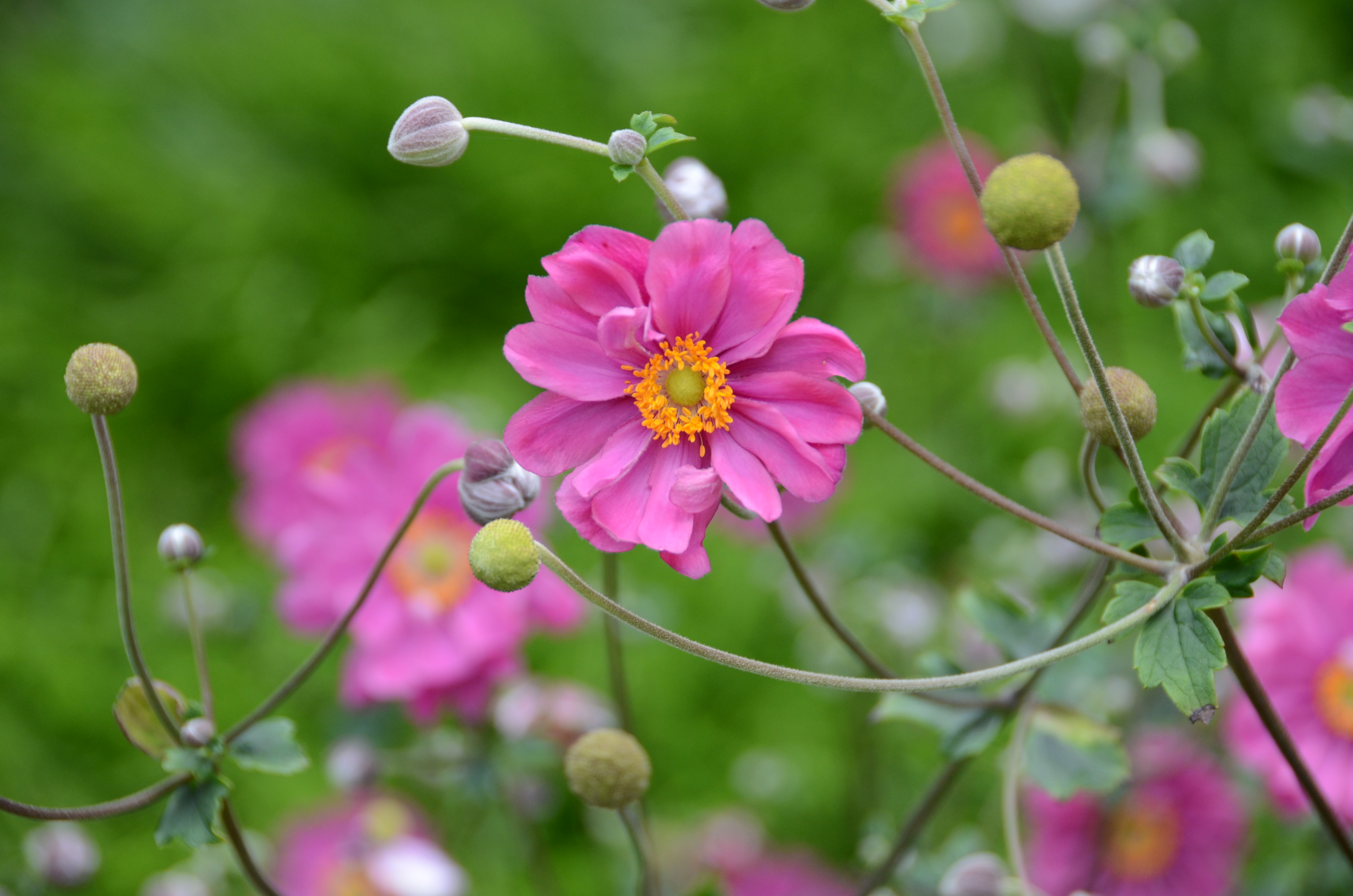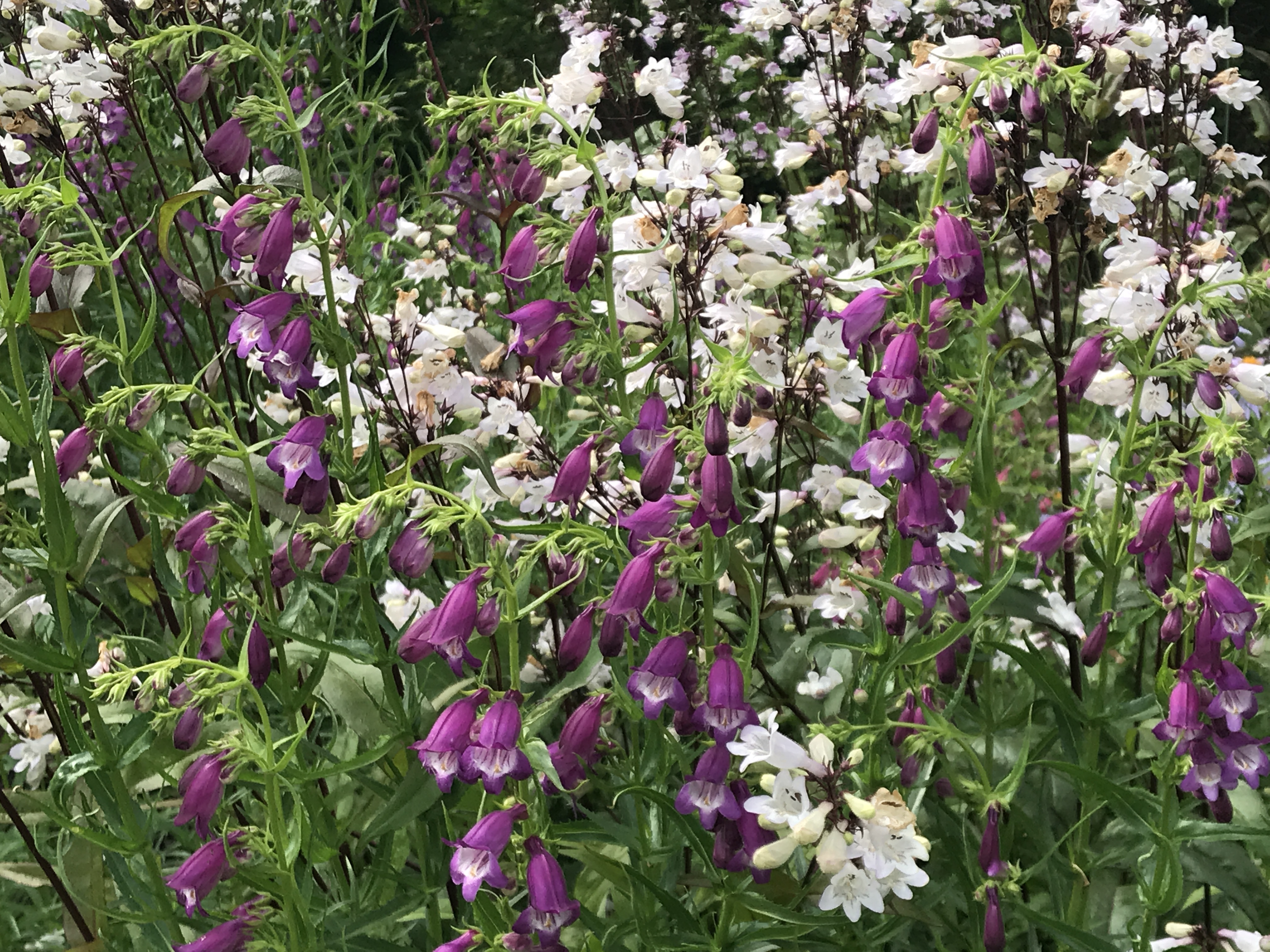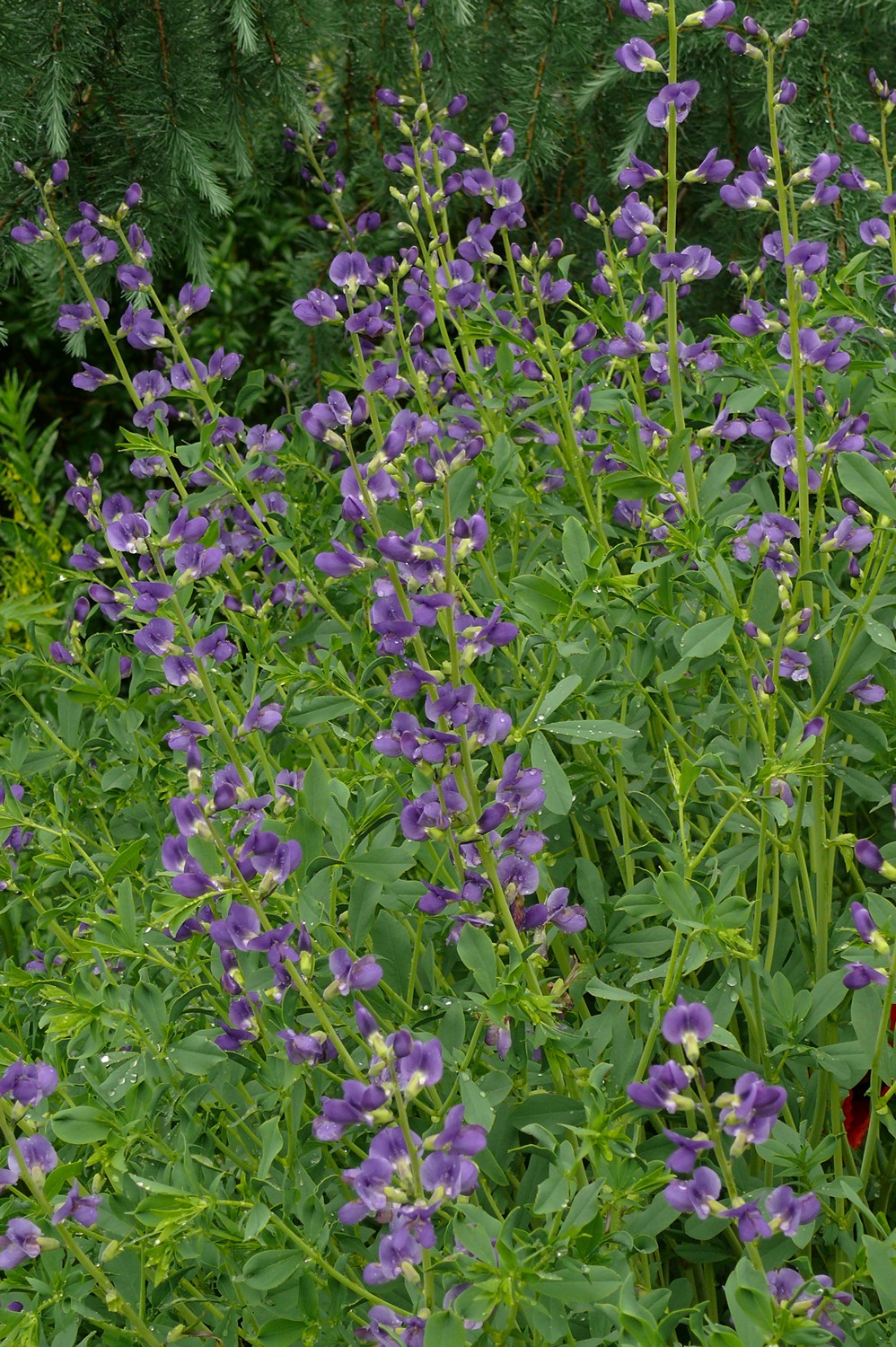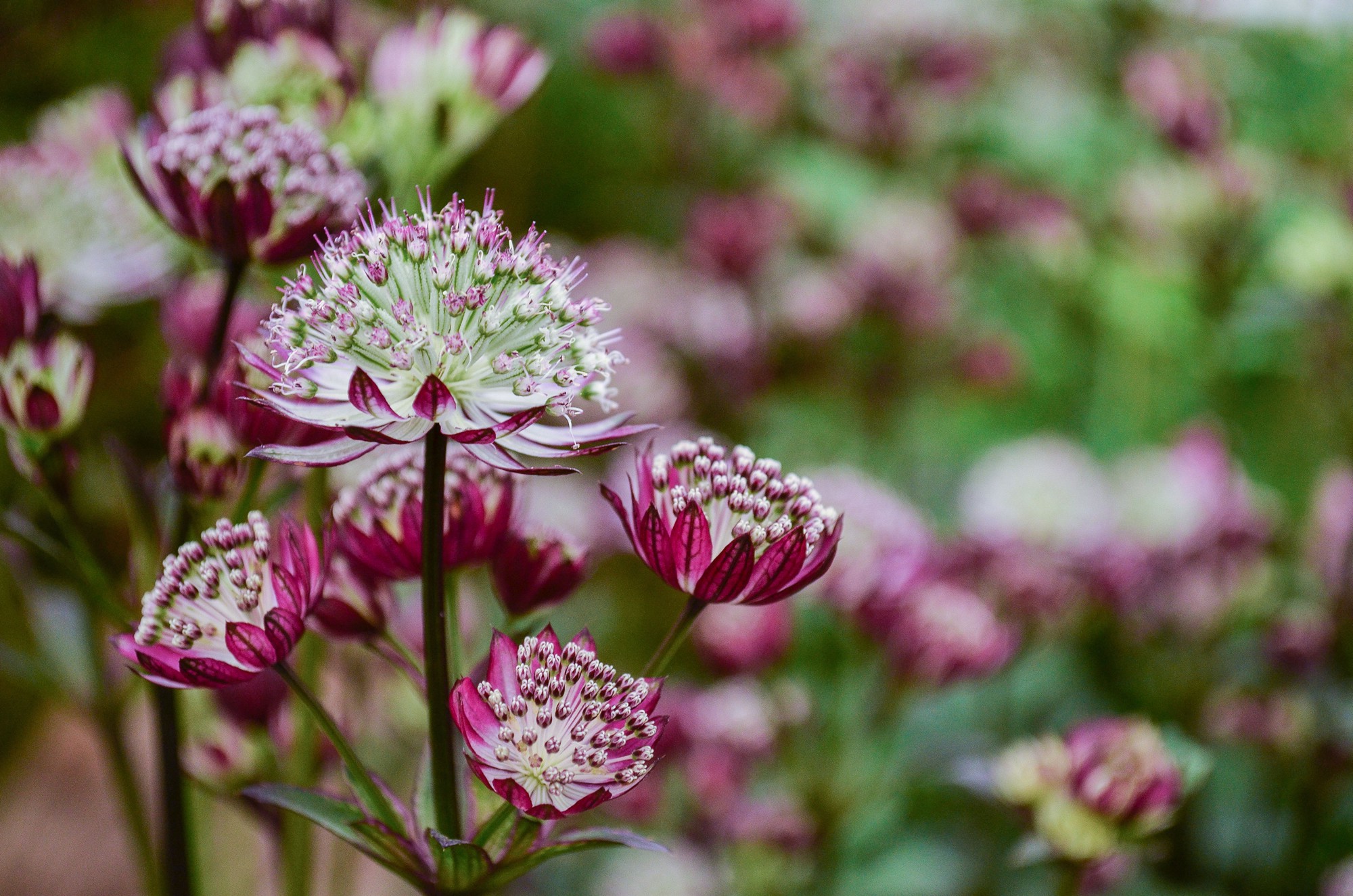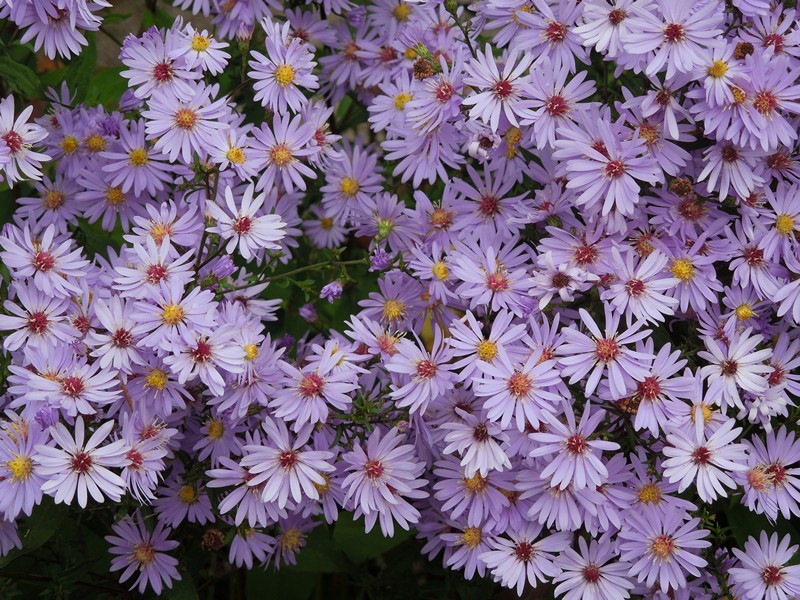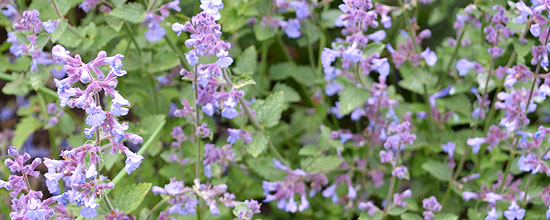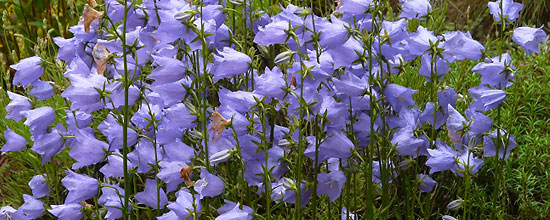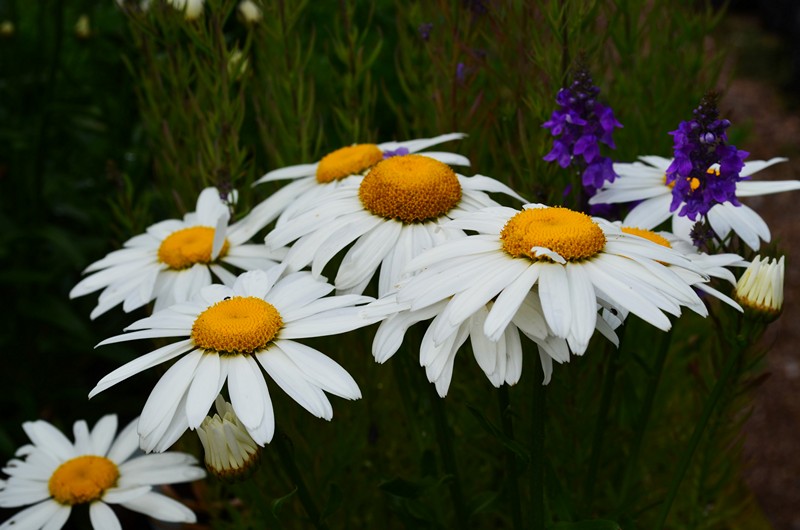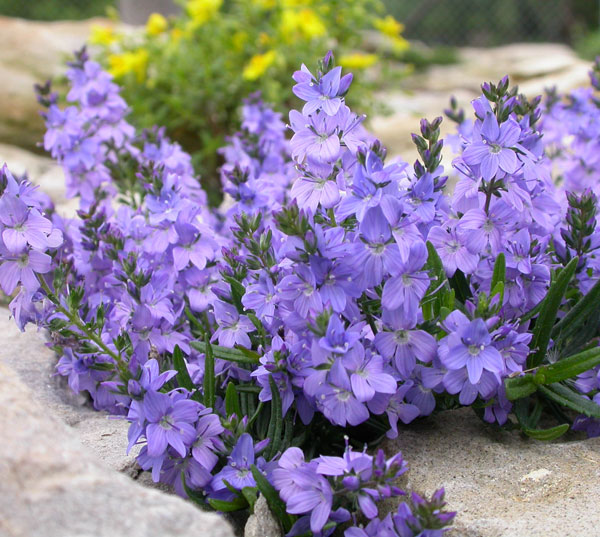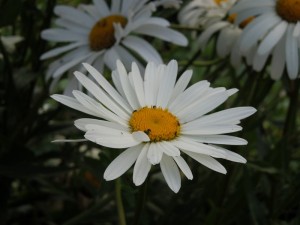Long gone are the times, when each village gardens gleamed white marguerites. Their flowers have disappeared, along with other, once popular, plants our grandmothers. Today, however, coming back to beds, However, in another, somewhat “animated” form.
As in many cases, and here we face is confusion in terminology. Daises have long been part of a widely perceived gender Chrysanthemum and after his subdivisions were transferred to the genus Scaly. The older division is sometimes encountered in contemporary literature, therefore it is safer to look at both names.
With family Scaly as bedding plants are unfamiliar Leucanthemum maximum (Leucanthemum maximum, L. × proud, syn. Chrysanthemum maximum) and oxeye daisy (Leucanthemum vulgare, syn. chrysanthemum leucanthemum).
In the gardens of our grandmothers were more widespread types with simple flowers, Today, however, more common types plnokvětými. They grow especially large-flowered varieties of L. maximum, z plnokvětých jsou oblíbené například 'Wirral Supreme' a 'Christine Hagemann'. In recent years, they are becoming more popular varieties low, which can be used on the edges of flowerbeds into containers – reliable as only 30-40 cm vysoká 'Gruppenstolz'. For several years, the market also varieties with cream-colored to yellow flowers. Mezi ně patří například vyobrazená 'Sunshine', whose flowers are actually yellow light only at the stage of buds, but also in full bloom (It is less vigorous and its disadvantage is also higher sensitivity). New are variegated varieties, například 'Barbara Bush' the golden-yellow variegated leaves and simple flowers (among proprietary varieties).
In the breeding daisies occupy an important place also Czech breeders – velice oblíbené byly například starší Vaňkovy odrůdy 'Brigitta' a 'Zuzana' (probably already irretrievably lost), nebo Vejtasova 'Česká Píseň' (This variety is still preserved today). Světoznámá je však zejména nižší plnokvětá 'Sněhurka' Blaha breeder with a somewhat more minor, but very interesting shape of flowers. Unfortunately, nobody in the world knows, where this variety comes, and perhaps even less about it is known in our country. Paradoxically, he was formerly known abroad and with us extends up now – unfortunately – no domestic production, But mostly imported.
Demands and growing
Marguerites are demanding in nutrients compared to other záhonovými perennials also need more care. They meet ordinary garden soil, They require full sun habitats and sufficient watering during the growing season. If nutrients (especially nitrogen) surplus, Plants too exuberantly grow and bloom less, more frequent lodging and curving stems.
The disadvantage of large white daisies their krátkověkost, which is connected with the need for more frequent přemnožování. Some varieties can gradually freezes during winter, especially older clumps. Therefore, it is necessary to more frequent outbreaks, usually every 3 years (They are sensitive plnokvěté, yellow flowering and variegated varieties).
Reproduction
Most varieties can be kept only if it is propagated vegetatively. Used cutting, possibly odtržky or cuttings. The latter two methods are mainly used in commercial horticulture, where there is greater need of propagating material. Gardeners usually sufficient division, who performed early spring, before the onset of intense growth. You can also reproduce after flowering, due to weaker plant rooting may be a risk of frost damage higher. For cuttings suitable dates in June and July – for reducing the vaporizing surface is appropriate zakrácení sheets.
Several varieties can also propagate by seed. FROM Leucanthemum vulgare například 'Maikönigin', of varieties L. maximum jsou to například 'Polaris', 'Snowdrift' and more. Seeds sown in spring, March-April. Seeds are covereth and establishes appropriate conditions quickly, during 14 days. The ideal temperature for germination in the range 18-22 ° C.
Use
They are used primarily as a combined group perennials in beds, inferior varieties are also suitable for planting containers. In addition, the popular also for cut flowers, in weight last the longest, when sawing a semi-open.
Daisies in flower beds stand out nicely in combination with zápleváky (I Helenice), ostrožkami (Delphinium), plamenkami (phlox), taps (Lychnis), Turany (Erigeron) and other perennials. Groups are preferable to lower varieties (e.g. 'Gruppenstolz'), which nerozklesají.
The article was published on the website of the Association Czech perenářů courtesy magazine Zahrádkář.





